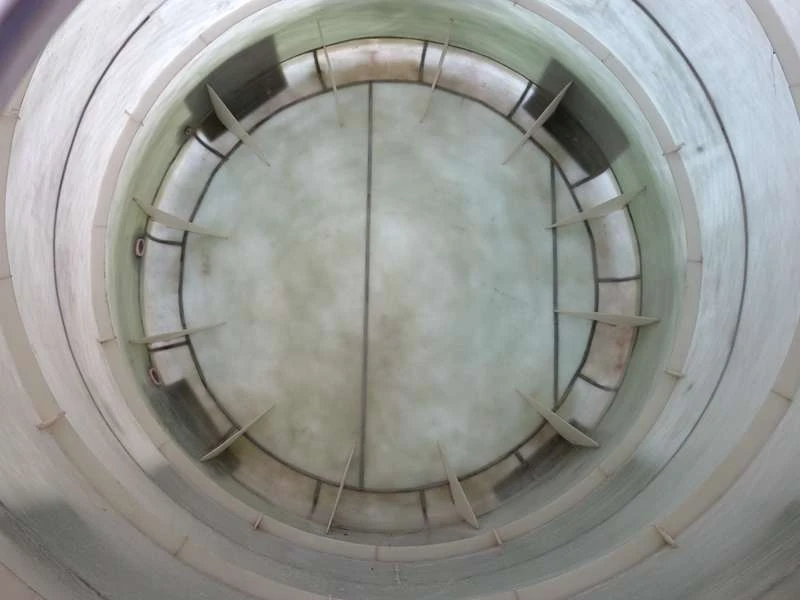
-
 Afrikaans
Afrikaans -
 Albanian
Albanian -
 Amharic
Amharic -
 Arabic
Arabic -
 Armenian
Armenian -
 Azerbaijani
Azerbaijani -
 Basque
Basque -
 Belarusian
Belarusian -
 Bengali
Bengali -
 Bosnian
Bosnian -
 Bulgarian
Bulgarian -
 Catalan
Catalan -
 Cebuano
Cebuano -
 China
China -
 China (Taiwan)
China (Taiwan) -
 Corsican
Corsican -
 Croatian
Croatian -
 Czech
Czech -
 Danish
Danish -
 Dutch
Dutch -
 English
English -
 Esperanto
Esperanto -
 Estonian
Estonian -
 Finnish
Finnish -
 French
French -
 Frisian
Frisian -
 Galician
Galician -
 Georgian
Georgian -
 German
German -
 Greek
Greek -
 Gujarati
Gujarati -
 Haitian Creole
Haitian Creole -
 hausa
hausa -
 hawaiian
hawaiian -
 Hebrew
Hebrew -
 Hindi
Hindi -
 Miao
Miao -
 Hungarian
Hungarian -
 Icelandic
Icelandic -
 igbo
igbo -
 Indonesian
Indonesian -
 irish
irish -
 Italian
Italian -
 Japanese
Japanese -
 Javanese
Javanese -
 Kannada
Kannada -
 kazakh
kazakh -
 Khmer
Khmer -
 Rwandese
Rwandese -
 Korean
Korean -
 Kurdish
Kurdish -
 Kyrgyz
Kyrgyz -
 Lao
Lao -
 Latin
Latin -
 Latvian
Latvian -
 Lithuanian
Lithuanian -
 Luxembourgish
Luxembourgish -
 Macedonian
Macedonian -
 Malgashi
Malgashi -
 Malay
Malay -
 Malayalam
Malayalam -
 Maltese
Maltese -
 Maori
Maori -
 Marathi
Marathi -
 Mongolian
Mongolian -
 Myanmar
Myanmar -
 Nepali
Nepali -
 Norwegian
Norwegian -
 Norwegian
Norwegian -
 Occitan
Occitan -
 Pashto
Pashto -
 Persian
Persian -
 Polish
Polish -
 Portuguese
Portuguese -
 Punjabi
Punjabi -
 Romanian
Romanian -
 Russian
Russian -
 Samoan
Samoan -
 Scottish Gaelic
Scottish Gaelic -
 Serbian
Serbian -
 Sesotho
Sesotho -
 Shona
Shona -
 Sindhi
Sindhi -
 Sinhala
Sinhala -
 Slovak
Slovak -
 Slovenian
Slovenian -
 Somali
Somali -
 Spanish
Spanish -
 Sundanese
Sundanese -
 Swahili
Swahili -
 Swedish
Swedish -
 Tagalog
Tagalog -
 Tajik
Tajik -
 Tamil
Tamil -
 Tatar
Tatar -
 Telugu
Telugu -
 Thai
Thai -
 Turkish
Turkish -
 Turkmen
Turkmen -
 Ukrainian
Ukrainian -
 Urdu
Urdu -
 Uighur
Uighur -
 Uzbek
Uzbek -
 Vietnamese
Vietnamese -
 Welsh
Welsh -
 Bantu
Bantu -
 Yiddish
Yiddish -
 Yoruba
Yoruba -
 Zulu
Zulu
Innovative Applications and Benefits of FRP Sheets in Modern Construction
Understanding FRP Sheets Advantages and Applications
Fiber Reinforced Polymer (FRP) sheets have garnered significant attention in various industries due to their unique properties and versatile applications. These composite materials, consisting of a polymer matrix reinforced with fibers, offer numerous advantages that make them an ideal choice for construction, engineering, and manufacturing sectors.
One of the standout features of FRP sheets is their exceptional strength-to-weight ratio. Unlike traditional materials such as steel or concrete, FRP sheets are lightweight yet incredibly strong, making them easy to handle and transport. This characteristic not only reduces the overall weight of structures but also minimizes the loads on supporting elements, enhancing overall structural efficiency.
Moreover, FRP sheets exhibit excellent resistance to chemical and environmental factors. They are non-corrosive, making them suitable for use in harsh environments, such as chemical plants or marine applications. This property significantly extends the lifespan of structures and components, reducing maintenance costs and increasing the overall value of investments.
Understanding FRP Sheets Advantages and Applications
Another compelling advantage of FRP sheets is their ease of installation. The lightweight nature of these materials allows for quick and efficient handling, reducing labor costs and installation time. Additionally, FRP sheets can be easily cut, shaped, and tailored to meet specific design requirements, giving architects and engineers greater flexibility in their projects.
frp sheet

One of the prominent applications of FRP sheets is in construction, particularly for strengthening and retrofitting existing structures. As buildings age, they may suffer from issues such as cracking or structural weakness. FRP sheets can be applied to reinforce these structures, increasing their load-bearing capacity and extending their functional life. This has become a vital solution, especially in earthquake-prone areas where structural integrity is paramount.
In the transportation sector, FRP sheets are increasingly used in vehicle manufacturing, particularly for lightweight components that do not compromise strength. The automotive industry has embraced these materials to improve fuel efficiency, as lighter vehicles tend to consume less energy. Additionally, FRP is becoming popular in the production of public transport vehicles, such as buses and trains, contributing to a more sustainable transportation system.
Furthermore, FRP sheets find applications in the aerospace industry, where weight reduction is critical. The aviation sector has adopted FRP materials for constructing various components, leading to improvements in fuel efficiency and overall performance.
In the energy sector, particularly in renewable energy applications like wind turbine blades, FRP sheets play a crucial role. Their lightweight and strong properties contribute to the efficiency and durability of wind energy systems, supporting the transition towards sustainable energy solutions.
In conclusion, FRP sheets represent a transformative solution across multiple industries due to their remarkable strength, lightweight characteristics, corrosion resistance, and versatility. As technology advances and the demand for sustainable materials grows, the applications for FRP sheets are likely to expand, further solidifying their position as a crucial engineering material in the modern world. With continuous innovations, the potential of FRP materials will drive progress in construction, transportation, aerospace, and renewable energy, fostering a future that is both efficient and environmentally friendly.









